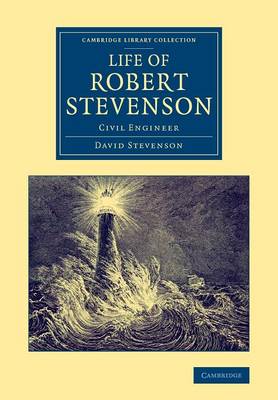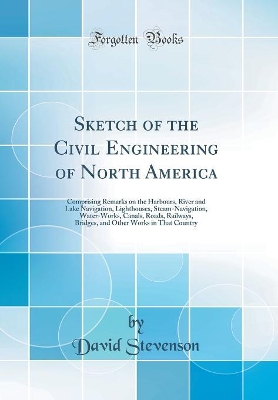Cambridge Library Collection - Technology
2 total works
Published in 1878, this biography of the civil engineer Robert Stevenson (1772-1850) was written by his second-youngest son David (1815-86), also a civil engineer and uncle to the author Robert Louis Stevenson. Having already published The Principles and Practice of Canal and River Engineering in 1872 (also reissued in this series), he set about writing this survey of his father's life and works, based on extracts from Robert's professional reports, notes from his diary, and communications to scientific journals and societies between 1798 and 1843. Perhaps most widely known for his practical and persuasive leadership in building many lighthouses for the Northern Lighthouse Board - including that on the notorious Bell Rock, over which he came into conflict with engineer John Rennie regarding the design - Stevenson ensured that the Scottish coastline became a much safer place for shipping for decades to come.
A distinguished civil engineer, David Stevenson (1815-86) continued his father's work of designing and building lighthouses around the coast of his native Scotland. His three-month tour of the United States and Canada in 1837 resulted in this highly detailed and unprecedented survey, first published in 1838. Stevenson covers a large number of engineering works, ranging from lighthouses and canals through to roads, bridges and railways. Notably, Stevenson's praise for North America's faster and sleeker steam vessels led British shipbuilders to emulate the models he describes and illustrates in this text. The work remains a historically valuable assessment of the continent's infrastructure at a time of great industrial expansion. Stevenson's The Principles and Practice of Canal and River Engineering, 2nd edition (1872) and his Life of Robert Stevenson (1878), a biography of his father, are also reissued in this series.

